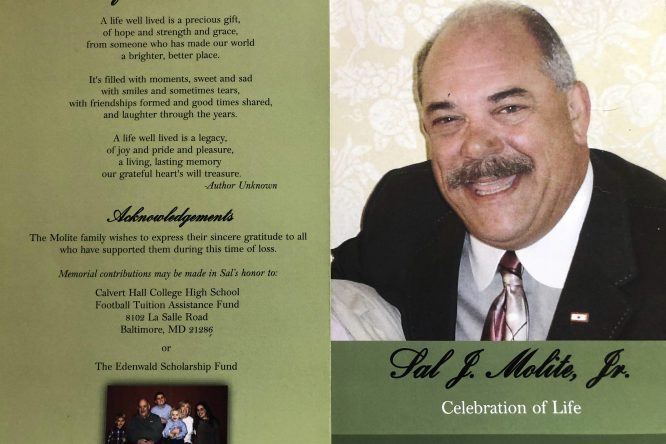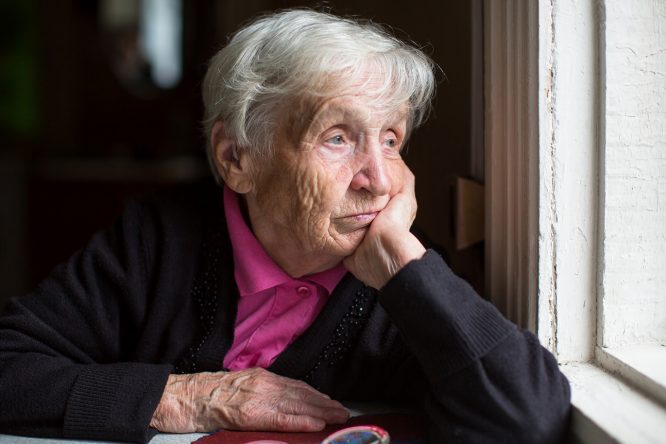In an era where the average person feels more connected than ever, the issue of loneliness among seniors is becoming disconcerting. Boomers, Xers and Millennials have adapted to a social world that revolves around mobile technology, yet seniors are becoming increasingly disassociated from their families. So, what’s the root cause of this problem, and how can we address it as aging services professionals?
According to the latest U.S. Census Bureau data, about 28 percent of people aged 65 and older are living alone. As one ages, the chances of living alone increase. This makes sense, as spouses pass away and children move out. Of course, living alone doesn’t immediately make someone lonely, but we can all agree that it’s a step in the direction of loneliness.
Becoming a single-person household can start a chain reaction that leads to larger, wide-ranging problems. Studies have shown that older adults that feel lonely or isolated will begin displaying behaviors that make them increasingly more difficult to interact with in social situations, thus pushing friends and relatives even further away. This, of course, only makes the person feel more lonely, creating a vicious psychological cycle.
The negative implications of a lonely lifestyle are numerous. Isolated and lonely seniors have a 59 percent greater risk of mental and physical decline and show a 45 percent mortality increase. Of those living alone, one in seven is suffering from some kind of dementia, which can go undetected if a person isn’t engaging in regular social interactions.
Family dynamics have also changed. At one time, a child might have gone to visit his or her parents once or twice a month. Now, the number of in-person visits is dwindling, being replaced by less-frequent phone calls or perhaps the use of Skype and FaceTime. These technological visits don’t have the same effect for seniors that in-person interaction does.
One statistic of special note for aging services providers comes from data reported by AARP: Forty-five percent of people aged 45 or older who have lived in their current residence less than one year reported feeling lonely. Let that sink in for a minute!
Even in our vibrant, active communities — filled with intelligent and engaged residents and staff — new residents can feel especially lonely and isolated. It can become difficult for them to make new friends, navigate the social structure of your community and become involved in a meaningful way. Ensuring that each new resident is paired with a neighbor to show them the ropes when he or she moves in is vitally important.
The social workers at aging services communities are on the frontlines of the battle against loneliness, but each associate at your community should be on the lookout for signs of self-seclusion or withdrawal. Protecting residents, both physically and mentally, is an important part of each team member’s job.
Sources:
https://www.aarp.org/research/topics/life/info-2014/loneliness_2010.html
https://www.aplaceformom.com/blog/10-17-14-facts-about-senior-isolation/



